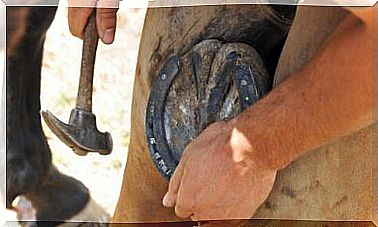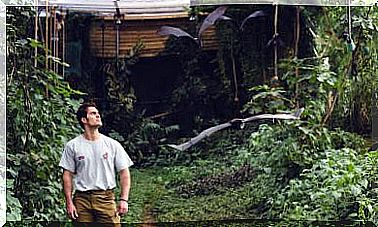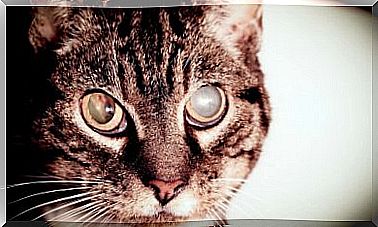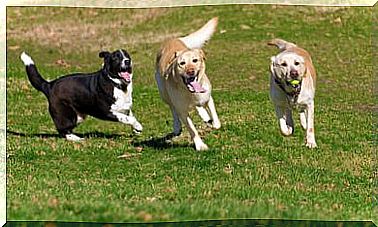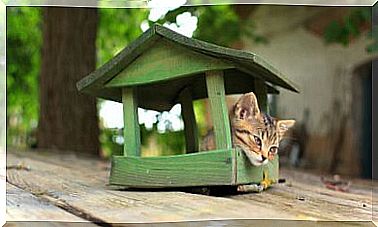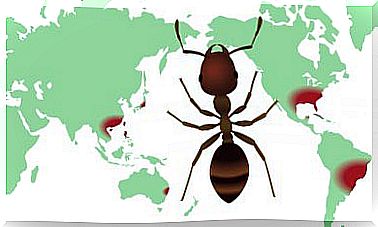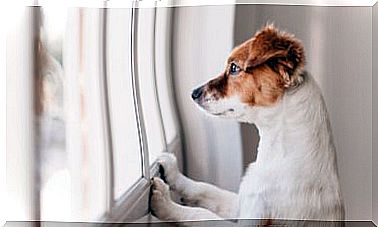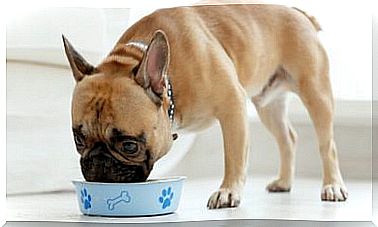Thai Ridgeback Dog: A Crested Dog
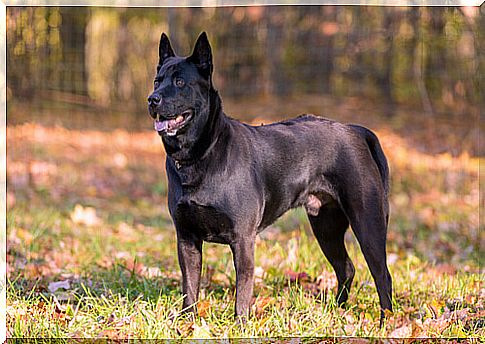
The Thai ridgeback dog, or the Thai crested dog, is a breed little known outside of its country (Thailand), except for lovers of this type of dog. We introduce you to one of the races with a rare physical characteristic that makes it unique.
History of the thai ridgeback dog
This breed is native to eastern Thailand and today most of its specimens still live there. There are no documents that tell us when the thai ridgeback dog emerged, although similar dogs can be traced back as far as three centuries.
The thai ridgeback dog is naturally formed: that is, no crosses have been purposely made to create a particular physical appearance or to enhance character. Due to the isolation of eastern Thailand from the rest of the country and the continent, these dogs have evolved without mixing their genes with other breeds.
This breed of dog did not have a specific job to perform: on the contrary, it performs small functions, but it is not specialized in any of them. For starters, it is a hunter for small animals that can threaten the home, such as rats or snakes. It is also a watchdog and, of course, a companion dog.
Characteristics of the Thai ridgeback dog
The Thai ridgeback dog is a short-haired, medium-sized dog that is slightly longer than it is tall. The characteristic that gives the breed its name and that makes it a special dog is that the spine, in the hindquarters, protrudes forming a crest.
As for its head, the Thai ridgeback dog has a flat skull and a shank, that is, a snout, elongated and wedge-shaped. Wrinkles form on his forehead when he is relaxed and his ears are raised above his head. They tend to have a stained tongue, and it can even become completely black or bluish.
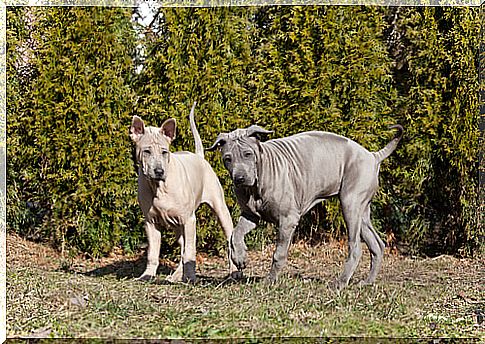
It is a thin but muscular dog, with a well-defined curve of the wind and a deep chest. The neck is strong and can also create wrinkles when the head is raised. The tail is straight and thin, set high and whip-shaped.
They can only appear in a single color: red, black, blue-gray or beige. The hair that grows on the crest must do so in the opposite direction from the rest of the coat to accentuate the area well.
Behavior of the thai ridgeback dog
The Thai ridgeback dog is a versatile dog that has a great capacity for adaptation. It is a dog that has worked as a guardian, so it is attached to its family and distrusts strangers until it is shown that they are welcome.
However, it is a primitive breed of dog, so it tends to be stubborn and stubborn in ideas. They are also energetic animals that, although they will really enjoy playing with other dogs, three quality walks a day are usually enough to cover their needs.
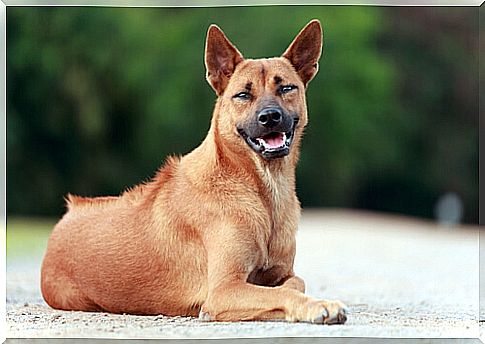
Due to its primitive nature, traditional training or the use of punishment does not work with this breed of dog. On the other hand, a positive education or training, which seeks the collaboration of the dog and disguises the commands as games, is very successful.
Thai ridgeback dog care
Unlike other crested dog breeds, such as the Rhodesian, the Thai Ridgeback Dog does not have inherited diseases. However, the unusual shape of your spine can lead to hip dysplasia.
Anyway, it is necessary to make regular visits to a trusted veterinarian and that he establishes the preventive treatments that he considers necessary. In the same way, the proposed vaccination and deworming schedule must be followed.
Thanks to his short hair, grooming care is limited to frequent brushing during shedding times to help get rid of hair loss. Due to the loose skin that forms wrinkles, some specimens may develop irritations and other discomfort, so it is necessary to have frequent external examinations to discover these problems as soon as they arise.
The Thai ridgeback dog is a dog with a special characteristic that it shares with very few breeds: the ridge on the hindquarters. Its short hair, but well-defined colors, helps this dog have a unique demeanor and appearance.
